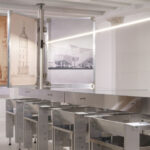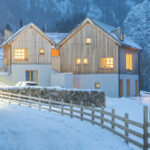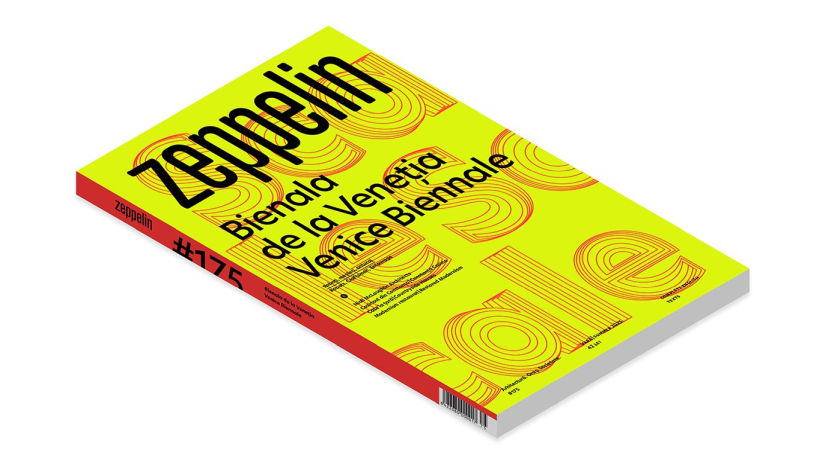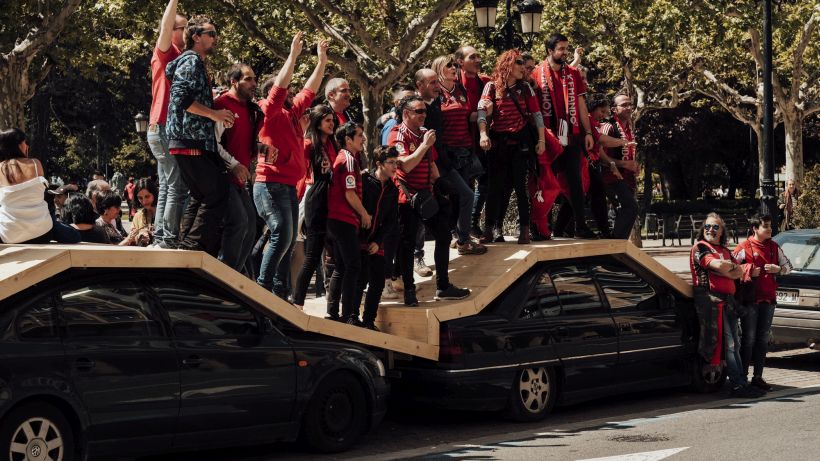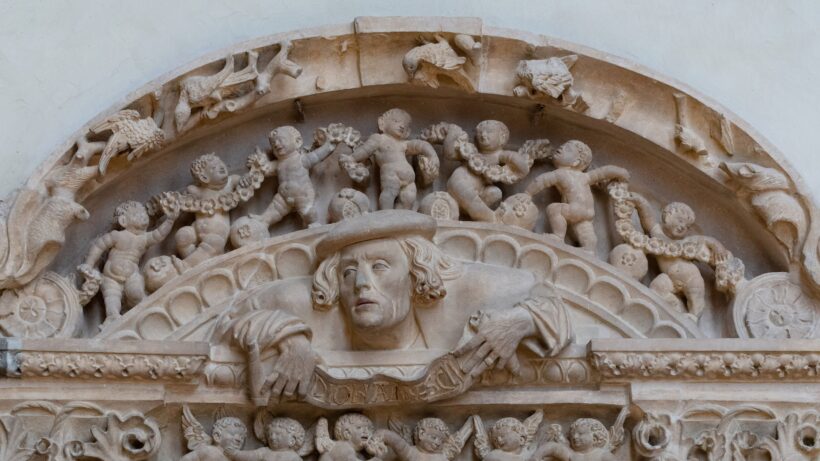In the context of this year’s theme, Intelli-gens, the question posed by Carlo Ratti – the curator of the Venice Architecture Biennale – is: how do we rethink the way we practice architecture in an altered environment?
Text and Photography: Cătălina Frâncu The house I live in was built in 1929. My parents bought it in ’95, after selling a flat in Tineretului — and they even had money left over; houses without plumbing weren’t exactly in high demand back then.
What is a green city and why do we need one? Now that climate change is being questioned by people with (too much) authority and programmes to tackle it are slowly grinding to a halt, we suggest we think about ecosystems
Text, photo: Cătălina Frâncu Walking in Bucharest is punctuated by advertisements, billboards and pharmacy lights. Ground floors of housing blocks – small, big, in the centre or not – are havens for the most sought-after businesses in the country
Reporter: Cătălina Frâncu Photo: Josema Cutillas
A modest gesture, yet one capable to change the way one experiences the church and its yard. The restauration brings an object that served the community back into nthe life of the village and its surroundings.
How can more people still afford to live – and in a good way – in the city? This project shows one way to do this, from within the market, but in a responsible way.
At a time when the need and tension of densification pervades Switzerland, HHF is bringing forgotten spaces back to life in the heart of Basel.
Sneška Quaedvlieg-Mihailovic is the Secretary General of Europa Nostra and works closely with the European Council, UNESCO and other EU institutions.
Edito. Women Architects: Where? Text: Cătălina Frâncu Photo: Olivian Șerban
Two radically different events in terms of gender representation took place in the same week. One was tiny, held in a basement, and the other was large, ticketed.
Intro Text: Ștefan Ghenciulescu, Cătălina Frâncu The title may sound rather ambitious for a magazine issue: a comprehensive overview of a country’s architecture usually calls for a book; an annual, a catalogue, or something of the sort.
What do an (apparently) interwar modernist apartment block, a semi-rural house with a flower garden, both in Bucharest, and the opulent official residence in Suceava designed by the famous architect couple Nicolae and Maria Porumbescu have in common? They all defy the logic of totalitarian-era housing – serial, uniform, mass-produced.
I don’t know many contemporary artists in Romania as connected to architecture and the city as sculptor Virgil Scripcariu. His works can be found in public spaces in Bucharest and Timișoara, and he collaborates closely with architects, including on the Museum at Piscu, a project developed by him and Adriana Scripcariu.
Graphic Front invites you to submit your entries for ROAR POWER POSTER @ Bucharest Graphic Days 2024. The theme of this edition is: POWER
Some time ago, the architect was rather the master craftsman, the one who coordinated the project. Today, craftsmen have largely disappeared. This project is largely the result of architects’ deep sense of respect for the old house, but also for the exceptional craftsmen with whom they worked.






